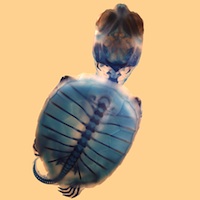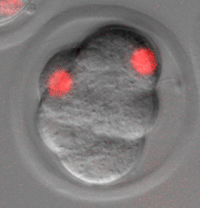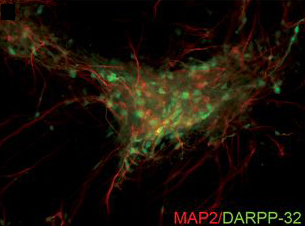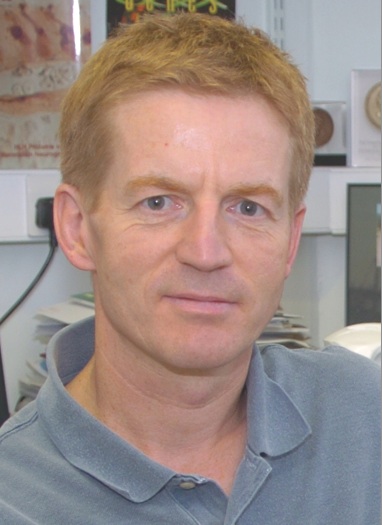Closing Date: 15 March 2021
PhD project title:
Non-genetic mechanisms of inheritance influenced by the maternal environment
Project description:
In the last few decades, it has been becoming increasingly clear that organisms can express phenotypes that are inherited in a non-Mendelian fashion. Studies in humans, for example, show that grandfathers who experienced dramatic diet fluctuations as children influenced the incidence of heart disease in their grandchildren. The mechanisms for transgenerational effects, however, are poorly known.
The aim of this project is to study the effect of maternal environment on sex determination of a species of nematode. In this nematode, if the mother smells a specific chemical, she will give rise mostly to hermaphrodites. Otherwise, the mother will produce mostly females. The student will investigate the mechanisms by which an odorant signal can change the epigenetic status of the germline, thereby influencing sex determination. This project will involve RNA sequencing of the germline of mothers that experience odorant stimuli. Mechanistic tests will be performed by genetic manipulation of the nematodes either by mutational analysis or RNA interference.
Key experimental skills involved:
The student will gain experience in analyzing large datasets derived from next-generation RNA sequencing, as well as standard methods in molecular biology and model systems, such as generation of transgenics and RNA interference.
References:
Kaati, G., Bygren, L. O., Pembrey, M. and Sjostrom, M. (2007). Transgenerational response to nutrition, early life circumstances and longevity. Eur J Hum Genet 15, 784-790.
Jablonka, E. (2012). Epigenetic inheritance and plasticity: The responsive germline. Prog Biophys Mol Biol. xxx 1-0 (advanced online).
Chaudhuri, J., Kache, V. and Pires-daSilva, A. (2011). Regulation of sexual plasticity in a nematode that produces males, females, and hermaphrodites. Curr Biol 21, 1548-1551.
Shakes, D. C., Neva, B. J., Huynh, H., Chaudhuri, J. and Pires-daSilva, A. (2011). Asymmetric spermatocyte division as a mechanism for controlling sex ratios. Nat Commun 2, 157.
Contact details for application enquiries:
http://www2.warwick.ac.uk/fac/sci/lifesci/study/pg/research/phd/studentships/#SLS_PhD_Pires
http://www2.warwick.ac.uk/study/postgraduate/apply/
andre.pires@warwick.ac.uk
 (No Ratings Yet)
(No Ratings Yet)
 Loading...
Loading...
 The Woods Hole image voting posts are some of the most popular posts on the Node (and yes, there will be a new one up VERY soon!). These images are all made by students of the Woods Hole Embryology course, and you still have a chance to be part of the 2013 class!
The Woods Hole image voting posts are some of the most popular posts on the Node (and yes, there will be a new one up VERY soon!). These images are all made by students of the Woods Hole Embryology course, and you still have a chance to be part of the 2013 class!

 (1 votes)
(1 votes) Hello, my name is Stephanie and I’m a graduate student in Dr. Amy Ralston’s lab at the University of California Santa Cruz. I just returned from a trip to Dr. Yojiro Yamanaka’s lab at McGill University in Montreal, Quebec. This trip was funded by the Development Travelling Fellowship from Company of Biologists. I highly recommend checking it out, receiving this grant was a great, hassle-free experience!
Hello, my name is Stephanie and I’m a graduate student in Dr. Amy Ralston’s lab at the University of California Santa Cruz. I just returned from a trip to Dr. Yojiro Yamanaka’s lab at McGill University in Montreal, Quebec. This trip was funded by the Development Travelling Fellowship from Company of Biologists. I highly recommend checking it out, receiving this grant was a great, hassle-free experience! (No Ratings Yet)
(No Ratings Yet)
 We haven’t posted one of these in a while, but there are quite a few things coming up. Remember to also keep an eye on the
We haven’t posted one of these in a while, but there are quite a few things coming up. Remember to also keep an eye on the 